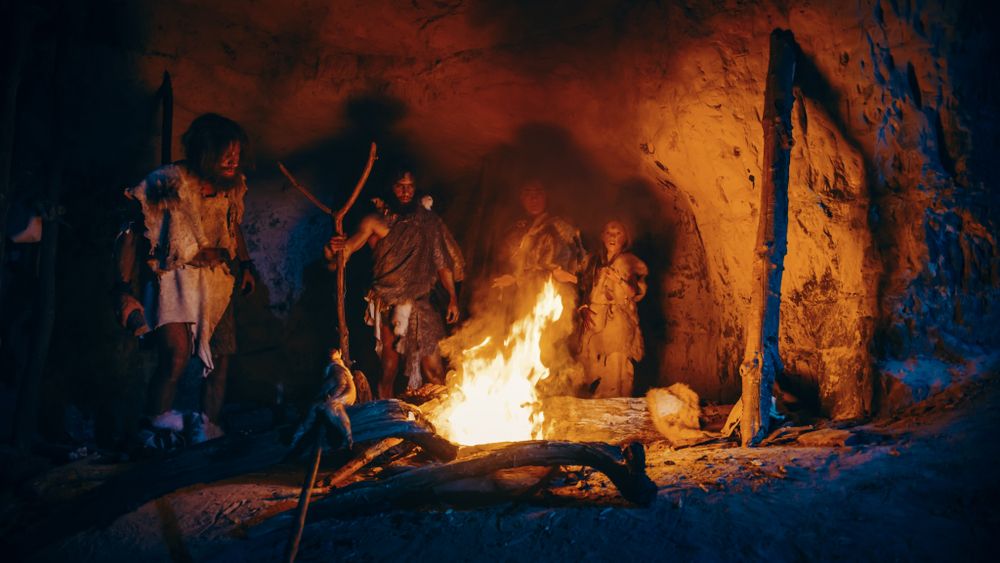New research suggests that the flickering light of campfires, which were an important gathering place for prehistoric humans, may have been used to “bring life” to works engraved on flat stones.
primitive cinema
If the ancient paintings observed on the walls of many European caves illustrate the ability of prehistoric artists to represent animals in a surprisingly realistic way, the fact that these are generally located far from their entrances implies that they were largely painted by firelight.
Recently, some archaeologists have speculated that ancient humans exploited this flickering light in order to improve their works. By producing several images superimposed on the wall of the cave, they could thus create rudimentary animations, when the light of their flaming torches successively highlighted these illustrations.
Published in the journal PLoS Onerecent research by Andrew Needham and his colleagues from theyork universityto UK, suggest that this primitive form of animation was not confined to deep caverns. The team indeed discovered that some of these illustrations appeared to have been engraved on flat stones, placed near the hearths around which Stone Age men gathered after dark.

Revealing simulations
Known as plaquettes, these artifacts created by so-called “Magdalenian” peoples 13,500 to 16,000 years ago were unearthed in the 19th century in the rock shelter of Montastrucin the south of France. Most of them are 10 to 20 centimeters long and have representations of animals (usually horses or reindeer) engraved on one or both sides.
Although little is known about how these objects were originally used, Needham and his colleagues point out that most of them have one common characteristic: traces of heat exposure. The absence of such stigmata on other prehistoric artifacts from the rockshelter indicates that the plaques in question were commonly placed near campfires.
To determine what effect the flickering light from the flames might have on the pads, the team produced 3D computer models of them and used virtual reality to simulate a faint glow dancing across their surfaces. The simulations showed that she could draw the viewer’s attention to a wafer, then a second, thus creating the impression of movement.

“The visual effect had to be quite powerful”
” The visual effect had to be quite powerful, especially in the context of a campfire “, valued Needham. ” It was an important gathering place where our ancestors probably shared stories, discussed or bonded after long days of hunting or gathering.. »
According to him, this research recalls the need to think of ancient art in its original context whenever possible.
” These works are not limited to lines engraved or painted on the rock, the light conditions in which they were made and initially observed must also be taken into account. “, emphasizes the researcher. ” It changes our appreciation of what art was and how it was used by the Magdalenians. »
[related_posts_by_tax taxonomies=”post_tag”]
The post These prehistoric stone carvings would be an extremely early form of animation appeared first on Gamingsym.

